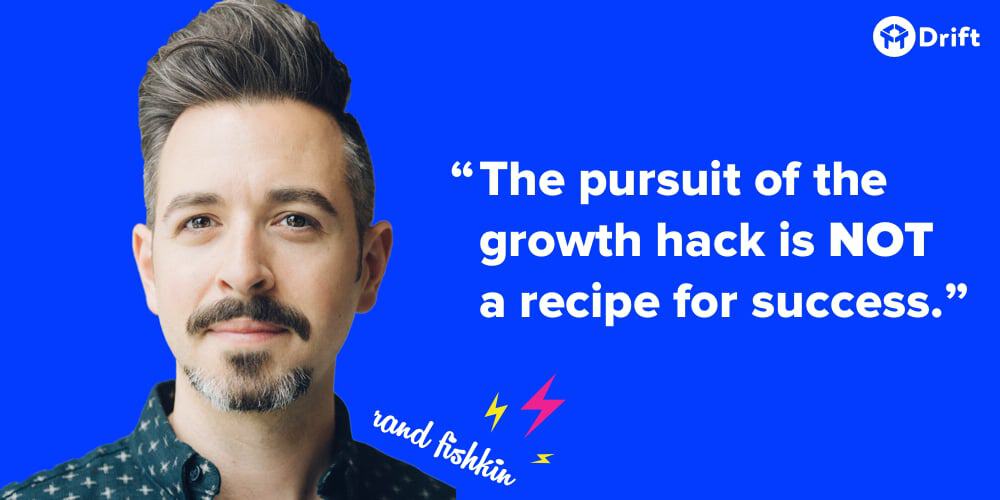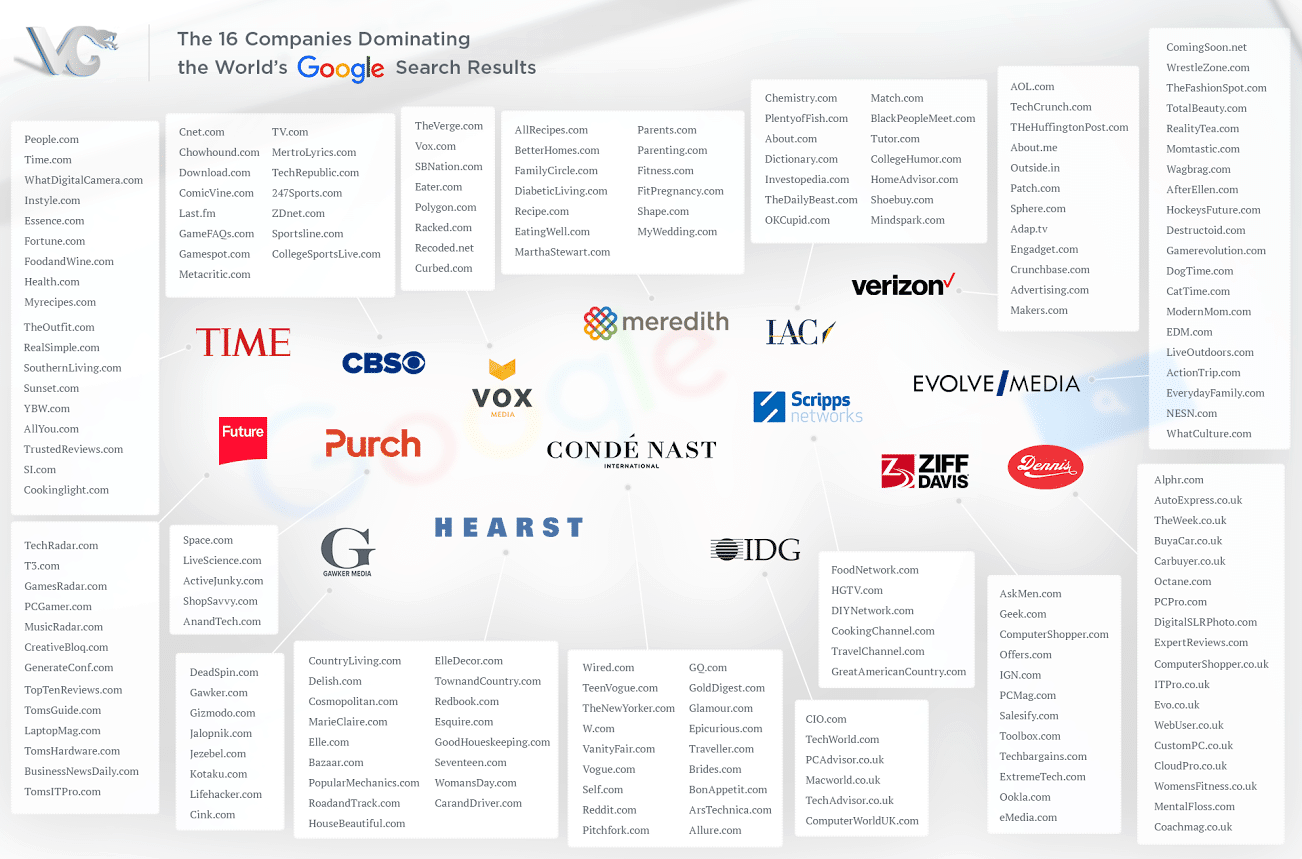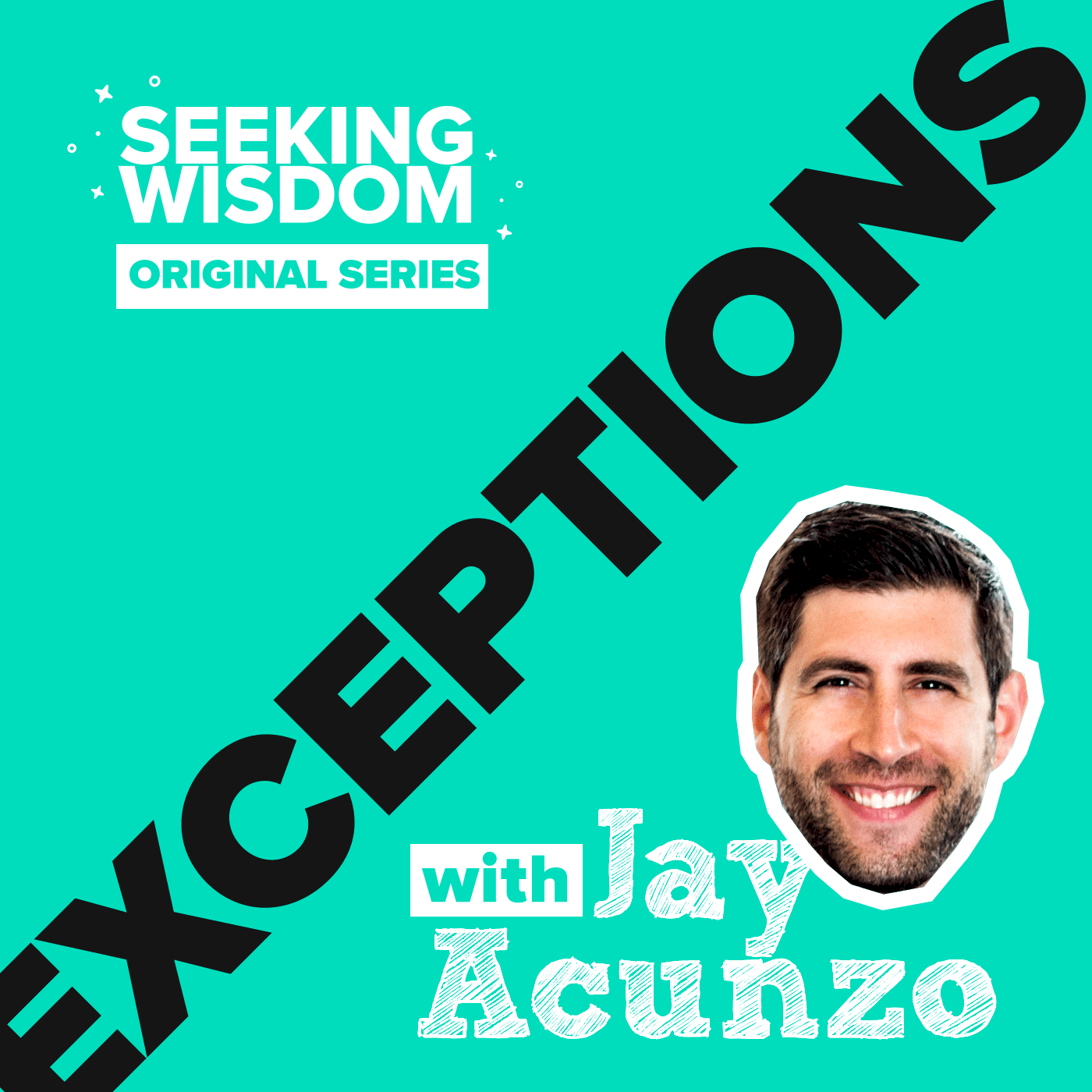
A startup might struggle to get off the ground for any number of reasons. Top of the list is “no market need,” CB Insights found earlier this year, followed by everything from “not the right team” and “user-unfriendly product” to “poor marketing” and “pivot gone bad.”
But after chatting with Rand Fishkin, I realized the underlying reason runs deeper.
As the ex-“Wizard of Moz,” founder of SparkToro, author, speaker, and one of the greatest SEO resources on the planet, Rand has seen his fair share of startup flops. But he’s nowhere close to failing himself. His road to success is (in part) paved with… fiction.
“I particularly like mysteries, but I can be persuaded in a lot of different directions,” he told me.
“That’s one thing that helps me stay a little bit grounded. I think fiction builds up a lot of empathy, because you’re imagining characters and situations that you’re not in but that you get your head wrapped around. You learn about topics that you would never have otherwise known.”
Wondering where I’m going with this? Here’s the lesson: The key to building a successful startup is looking beyond the status quo.
Rand’s natural resistance to the norm is what inspired his new company, his book, and our honest-as-ever conversation. We didn’t even talk much about SEO. In the spirit of Rand’s recent career pivot, we’re on to a new chapter: startup marketing, growth strategies, and four myths we should all question before chasing success.
Myth #1 — Start with a Blog.
Five to ten years ago, content marketing was a niche marketing strategy with one simple rule: Create good content and people will come.
Fast forward a few dozen internet years to now, and you’ll still find marketers with that “hit and hope” mentality — “everyone and their dog is creating so much content that you need a way to stand out,” Rand says.
“Content has shifted from a niche field to a mainstream practice that almost every marketer puts on their resume,” he explains. “The mainstreaming of content, and the demand for it, has grown incredibly.”
Not just that, but it’s trickier to make content effective for your business.
When HubSpot’s former CMO Mike Volpe visited the Drift team recently, he talked about HubSpot’s unusual and very rare opportunity to dominate when they launched in 2006. They planted a blog, built a team of great people, and grew from that one platform to arguably the best marketing automation solution in its category. Today, “that same tactic just wouldn’t work,” Rand says.
“If I were starting today with the blog that I built for SEOmoz in 2003, 2004, I would never stand out in my field.”
It’s the same story for many early adopters of that golden age. The bar has been raised multiple times since then. So, while it’s not realistic to compare our marketing growth strategies to those of HubSpot of a million years ago, we should find new ways to differentiate.
That means shifting toward a multimedia approach, Rand suggests. That’s not to say blog content isn’t important. But rather than simply adding a few visuals to the mix, we should always be testing ways to make those formats different.
At Drift, we’re having a blast experimenting with our podcast, Seeking Wisdom — like our new show, #Exceptions, where we dig up companies’ never-before-shared ideas.
But even 10x content can dry up if not tied to a revenue stream or business goal. More of Rand’s thoughts on that later.
Myth #2 — Distribute Your Content Anywhere and Everywhere.
When you want to take your visibility beyond Facebook and Google ads, what do you do?
If you’re like most marketers, you probably head straight to any places, people, and publications you think your audience pays attention to. You figure these are where you’re most likely to get engagement.
But what does that discovery process look like for you? Is it as streamlined as it could be?
Not as far as Rand has seen. In his experience, finding what influences people “is a very, very difficult thing to uncover. It’s a bunch of manual work that is imprecise and biased and incredibly time-consuming.”
Take social media, for example. We’re all guilty of judging an account’s influence by raw metrics like follower count. But even if they haven’t bought their followers, an influencer’s following isn’t necessarily representative of the audience you want to reach.
This is a problem Rand is solving with SparkToro tools like SparkScore, which shows an account’s reach and influence by more meaningful metrics like clicks, retweets, and likes.
Before SparkToro (where has it been all our lives?) you might have banked on expensive agencies to find engagement opportunities for you. Until the product rolls out, you have two other options:
Either guess your audience’s location, publish on as many of those channels as possible, and see what sticks.
Or, try the most efficient discovery process we know of here at Drift: reverse-engineering great content.
Here’s what I mean:
- Figure out who you’re creating content for. Brainstorm the words they use to describe themselves before figuring out where they are.
- Find your audience. Brainstorm the places they naturally gather to ask questions, solve problems, share knowledge, or have a rant. TIP: Combine keywords like forum, blog, Twitter Chat, or Facebook group with terms your audience uses to describe themselves or jargon they would use — say, bootstrapping + forum or content evangelist + blog.
- Analyze their behavior. Do their comments reveal any values, expertise levels, or buying habits? Spend some time listening, and join the conversations when you can.
- Find your competitors. Sujan Patel suggests using your brand’s primary keywords to identify them. Then use Buzzsumo to find your competitors’ 10x content and analyze what makes it so successful.
- Using your research from Buzzsumo and your audience’s behaviors as a guideline, create something even better.
Essentially, you’re using systematic research to create content you know your audience wants and to distribute it only on the channels they visit. Just be sure to participate in a way that’s helpful, not salesy, because a huge challenge is finding what Rand calls “the signal amidst the noise.”
Myth #3 — Get Ready for Technology to Upend Everything We Do.
In B2B, we’re all about how the “next big thing” will transform marketing. AI. VR. Nanotech and blockchain.
For years, it was mobile optimization. Some might say we’re still in a mobile-first headspace. Rand just doesn’t see it.
“I don’t see what’s fundamentally changed with the mobile device,” he says. “Yes, we’re all on our computers more and the screen format is smaller and it has a camera and GPS attached to it. Otherwise, it’s just like people who are on their laptops a lot.”
He hasn’t seen AI or VR overhaul marketing as we know it, either. The one trend he believes affects startup marketing above all others is one almost nobody talks about: increasing monopolization of the internet.
Seen the documentary Food, Inc.? If you have, you’ll know that the thousands of brands we see on supermarket shelves are owned by just a handful of companies.
It’s the same online.
Search almost any topic on Google, and there’s a good chance you can trace the top results back to one of 16 of the world’s biggest media companies (props to Glen from ViperChill for this test).

What’s more surprising is that media giants’ strategies are working, meaning Google doesn’t pay much attention when they suddenly get thousands of links. But since Google secured two protections for its search results under the First Amendment, it can rank websites however it wants.
“Five large tech companies control so much of the web traffic, where web traffic goes, who can get traffic, how laws are written by both the European Union and the United States around regulation of the Internet,” Rand says.
One example is GDPR, initially designed to take Facebook and Google to task but rewritten by their lobbyists in ways that harm small businesses.
And for those small businesses, it’s really, really hard to rank.
If we thought the solution was to build backlinks or domain authority, we were missing the bigger picture: that black hat SEO isn’t actually over and the forces are beyond our control. As Rand points out, we don’t have an opportunity to push back until voters take more notice. The problem deserves more attention.
Myth #4 — Seek Out Growth Wherever You Can Find It.
The premise of Rand’s book, Lost and Founder, is that startup founders do a lot of dumb stuff.
More politely, he calls these mishaps “wisdom biases.”
You might have heard a few of these yourself. “Service-based businesses are no good. You should build products for higher gross margins.” “If you build a successful startup, you will get rich.” “The only way to build something exciting is to raise venture capital.”
Make $10mm. Crickets.
Raise $10mm. Everyone writes about you. You get invited to all the hot events. Your network goes crazy with congratulations.
This is how we get a culture that trains founders to raise $$ > make $$.— Rand Fishkin (@randfish) August 13, 2018
And the single most important thing a company should do, these founders say? Chase growth. By any means.
We’ve all seen that “one weird trick” for losing weight fast, tripling our traffic, and looking 25 at age 51.
Once upon a time, Rand explains, these “growth hacks” came from a handful of Silicon Valley startups that successfully accelerated their growth using a single (or very few) individual tactics. Think Dropbox and its referral program. Airbnb and its Craigslist scraping technique. Uber recruiting Lyft drivers.
But big problems come from focusing on one growth hack at a time.
“So many startups are like this,” Rand says. “They find that one thing, they hammer it to death, and then as it starts to fade in value or fade in ability to get new customers or to continue the growth rate it was on before, they panic.”
Then begins a snowball effect:
- Failure to accomplish goals.
- Failure to hit targets.
- Layoffs and budget cuts.
- Incredible pressure and unrealistic budgets on the remains of your team.
“I think the pursuit of the growth hack is both an unhealthy mentality and not a recipe for success,” Rand says.
“It’s not that these individual tactics don’t have a place. They do have a place,” he assures us, and occasionally they’re useful. But only for certain companies, in certain contexts, and never on their own.
The most important thing is to recognize that growth isn’t your only distinguishing factor. Delivering on your brand promise would be a better start.
That one key piece of advice
As marketers, we tend to read and hear the same best practices. We take much of them at face value, then talk about how great they are even without first-hand experience — just to stay on top of what’s going on.
But how much of it is truly good advice?
This is why Rand tries to see the world from different — even fictional — perspectives. It’s why culturally diverse scientific studies get more citations, and why David Bowie was so influential. Looking for inspiration from other circles and challenging our own helps us spark creativity and innovation. In Rand’s case, it opens his mind to potential gaps in the best practices we see amplified on stages, from other founders, from investors, or in media and culture and clickbait headlines.
“It’s not that they are dead wrong,” he said. “It’s that they lack nuance. They are designed for a very particular kind of company, and unfortunately are applied to every company, and uncritically.”
So what’s the one piece of advice you’d give a young founder or marketer hoping to move away from the growth-first, get-rich mentality? I asked him.
He left me with two pieces. Both so simple but so powerful.
Ready?
- Anytime you have a marketing goal, you should be able to clearly tie that back to the ultimate business goal. Even if it’s not growth.
- Anytime you hear a piece of common wisdom, question it. Consider other reasons it might have succeeded, whether it was the right way, and whether it will work for you.
You might be surprised what results you get just by playing devil’s advocate.




